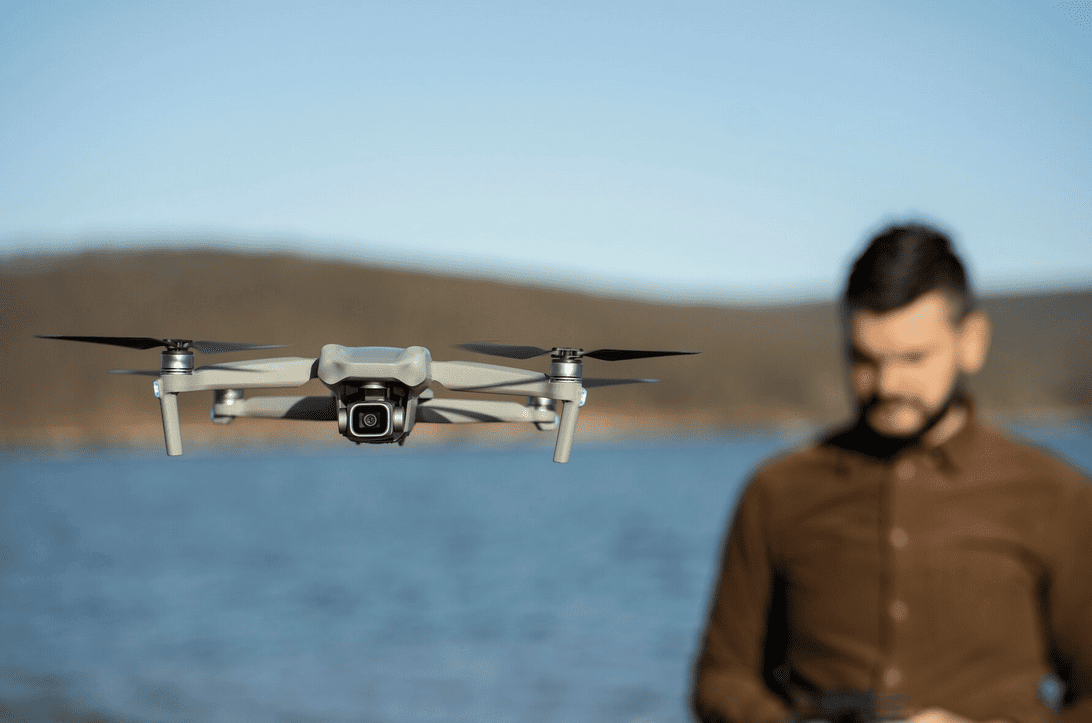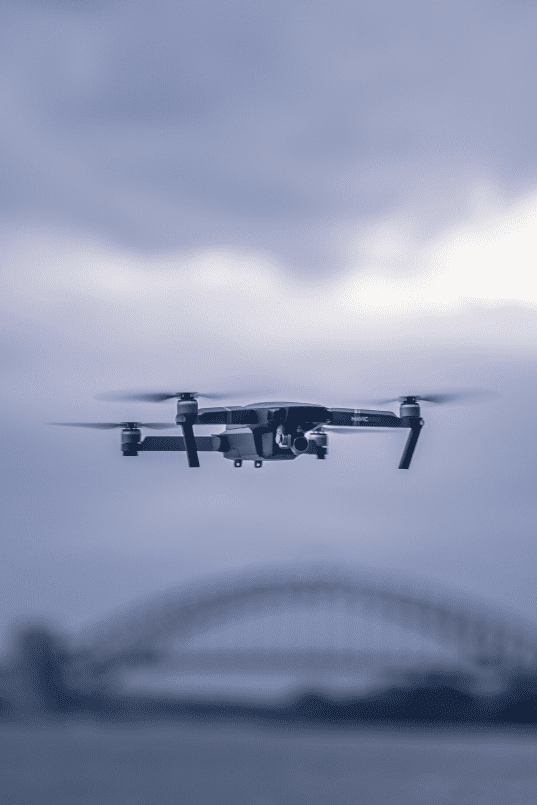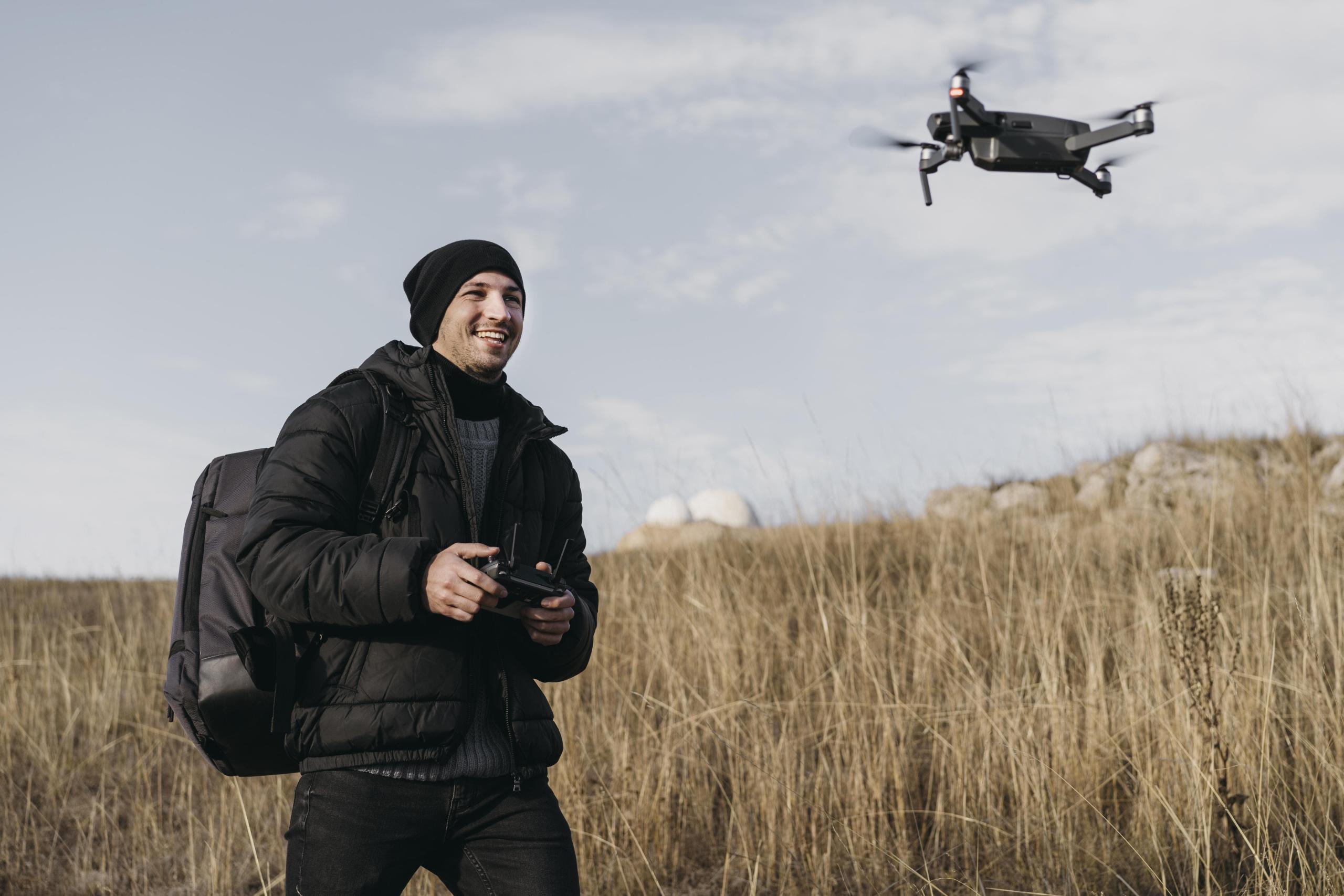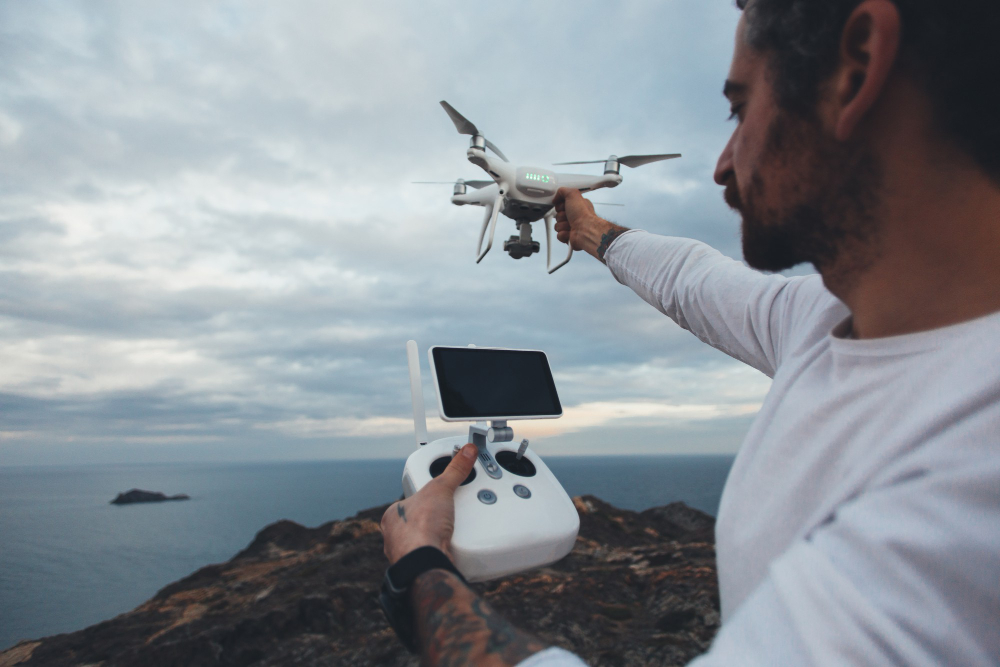What Drones Are Covered Under Part 107?
Under the FAA’s Part 107 regulation, not all drones are treated equally. This rule specifically governs the commercial use of small unmanned aircraft systems (sUAS)—a category that includes a wide variety of drones used for business, industrial, and professional purposes.
The key criteria? The drone must weigh less than 55 pounds at takeoff, including all payload (camera, sensors, batteries, attachments, etc.). If your drone fits this definition and you plan to use it for non-recreational purposes, it is covered under Part 107 and you must follow its rules and requirements.

Definition of sUAS Under Part 107
The FAA defines a small unmanned aircraft system (sUAS) as:
“An unmanned aircraft weighing less than 55 pounds, including everything that is on board or otherwise attached, and its associated elements (including communication links and components that control the aircraft) required for the safe and efficient operation.”
In simpler terms, this means your entire drone setup—airframe, propellers, batteries, cameras, and other equipment—must stay under the 55-pound weight limit.

Common Drone Types Covered Under Part 107
The majority of commercially available drones fall well below this limit. These include:
Consumer drones
Professional drones
Industrial drones
As long as these aircraft weigh under 55 pounds with payload, they are legally operated under the Part 107 rule when used for commercial purposes.
What’s NOT Covered?
If your drone weighs 55 pounds or more, it falls outside the scope of Part 107. Drones over this weight require a special airworthiness certificate and are subject to different FAA rules. These heavier drones are often custom-built for industrial purposes and may carry heavy cargo or specialized equipment.
Examples include:
- Large agricultural drones for crop spraying
- Heavy-lift drones for transporting packages or scientific payloads
- Some military or government drones
These types of operations may require waivers, certificates of authorization (COAs), and more intensive safety and airspace evaluations.

Recreational vs. Commercial Use
Remember: the weight rule applies regardless of why you fly. However, recreational pilots flying for fun must follow different FAA guidelines under Section 44809, not Part 107.
If you're flying a drone that weighs:
- Under 0.55 pounds (250 grams): You may not need to register it, but safety rules still apply.
- Between 0.55 and 55 pounds: You must register it and follow either Part 107 or recreational rules.
- Over 55 pounds: Special approval is required, and Part 107 does not apply.
Payload Considerations
When calculating weight, don’t forget:
- Batteries
- Gimbals and cameras
- RTK/GPS modules
- Propeller guards and landing gear
- Any attachments or add-ons


